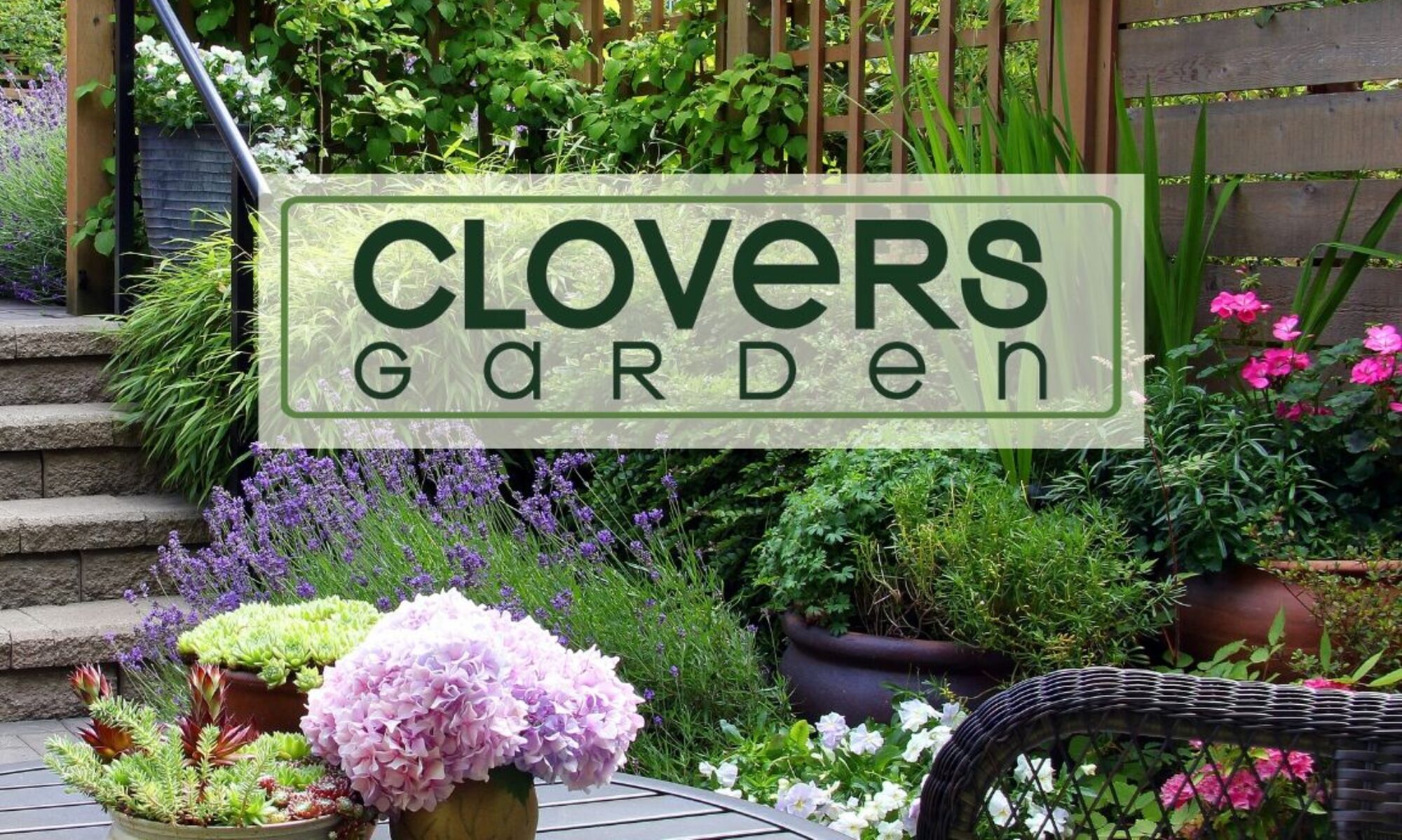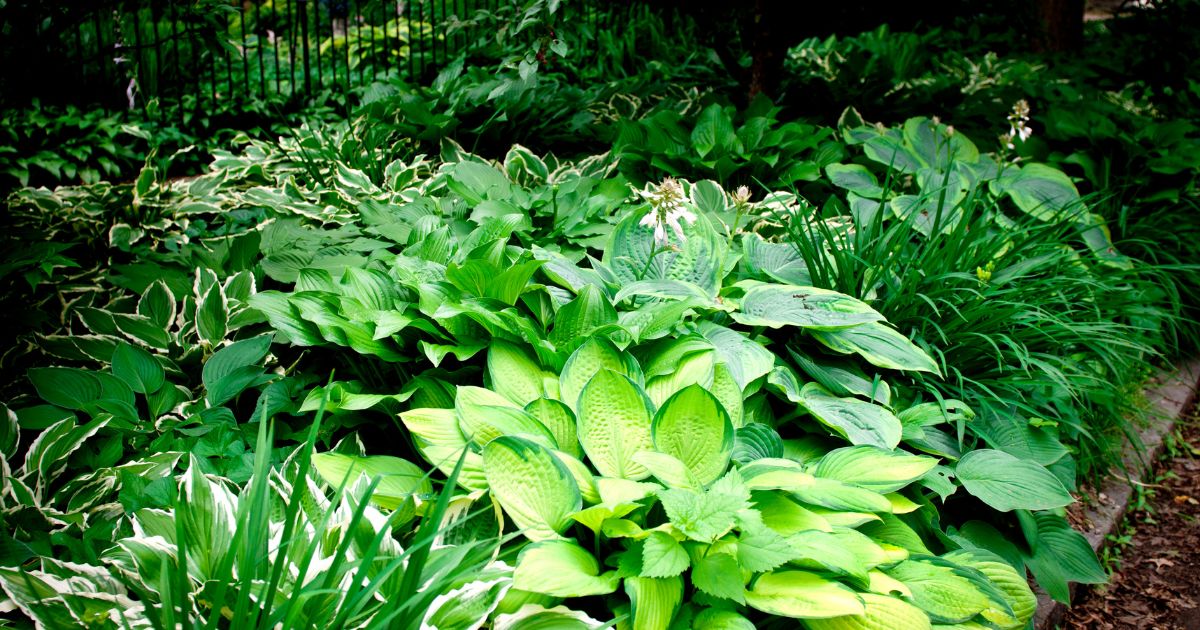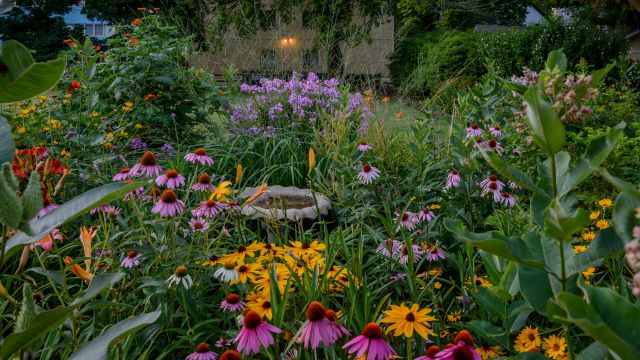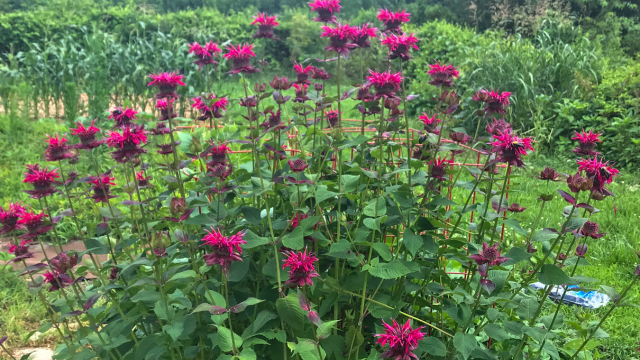Hostas are a popular perennial choice for gardeners looking to add lush, leafy greenery to shady. Known for their resilience and minimal maintenance, hostas come in a variety of sizes and colors, making them a versatile addition to any garden. In this guide, we’ll cover everything you need to know about planting and caring for hostas, including selecting the right location, planting techniques, care tips, and how to protect your plants from common pests like slugs, deer, and rabbits.
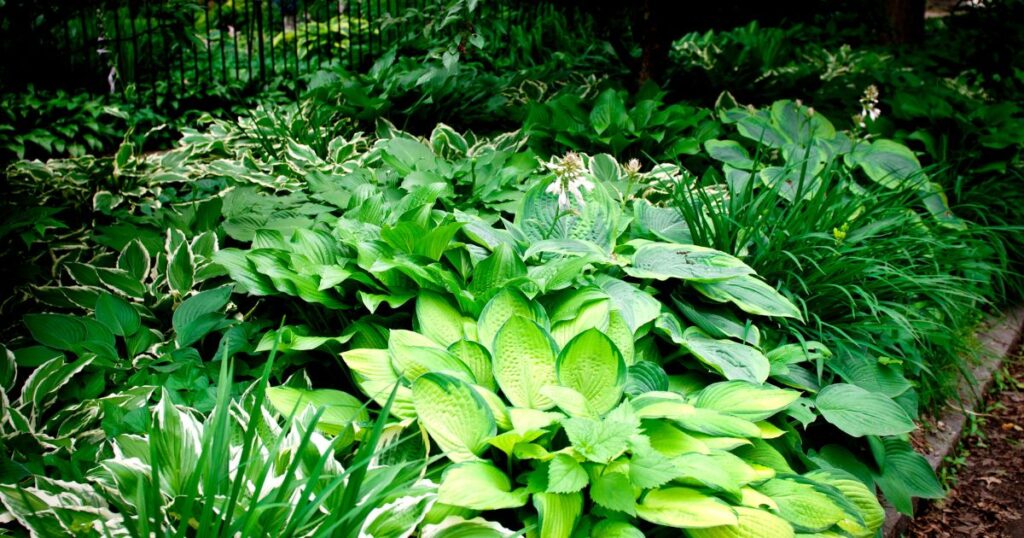
Selecting the Perfect Location for Hostas
Choosing the right spot for your hostas is crucial for their growth and health. Here are some key factors to consider:
Light Requirements
Hostas thrive in shady to partially shady areas. While some varieties can tolerate more sun, most hostas prefer a location that receives morning sun, filtered light, and afternoon shade. Too much direct sunlight can scorch their leaves, while too little light can result in slower growth and duller colors.
Soil Conditions
Hostas prefer well-draining soil that is rich in organic matter. The soil should be consistently moist but not waterlogged. Adding compost or aged manure to the planting area can improve soil health and drainage and keep your plants well fed and happy.
Space and Placement
Give your plant lots of space to grow! Hostas will quickly fill out, sometimes growing to five times their starting size. A crowded hosta garden not only stunts the plants’ growth, it keeps the plant from showing its full beauty in color and canopy. Proper spacing also allows for adequate air circulation, which helps prevent disease. In the first season of planting, mix in a low growth annual such as alyssum or add mulchy to fill in the gaps while your hostas get established.
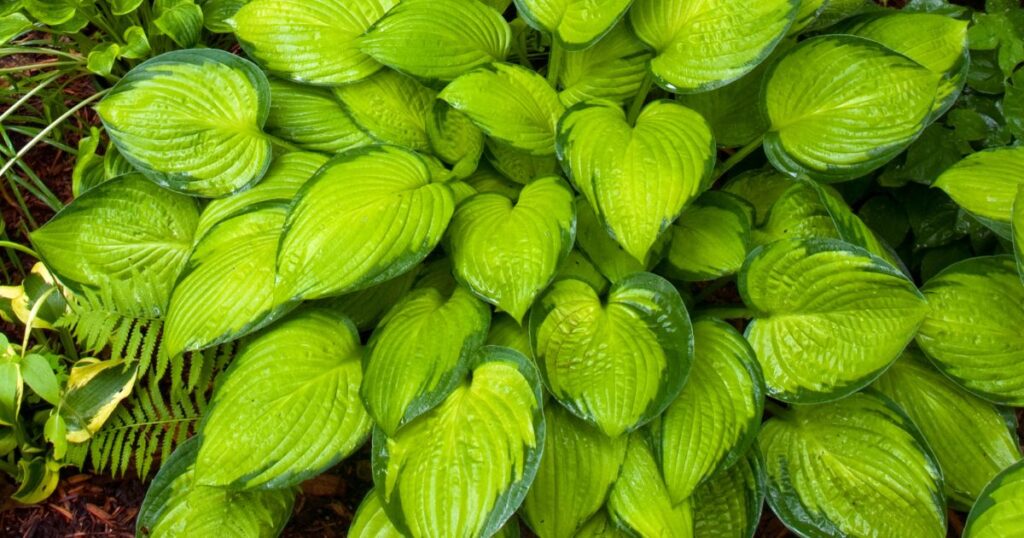
How to Plant Hostas
Hostas are quite forgiving and can handle most transplanting conditions. Follow these steps for best success:
Preparing the Planting Site
1. Remove any weeds, rocks, or debris from the planting site.
2. Dig a hole that is twice as wide and just as deep as the root ball of the hosta.
3. Mix in compost or aged manure with the soil you removed from the hole to improve nutrient content and drainage.
Planting the Hosta
1. Place the hosta in the hole, ensuring that the top of the root ball is level with the surrounding soil.
2. Backfill the hole with the amended soil, gently firming it around the roots.
3. Water the newly planted hosta deeply to help settle the soil and eliminate air pockets.
Mulching
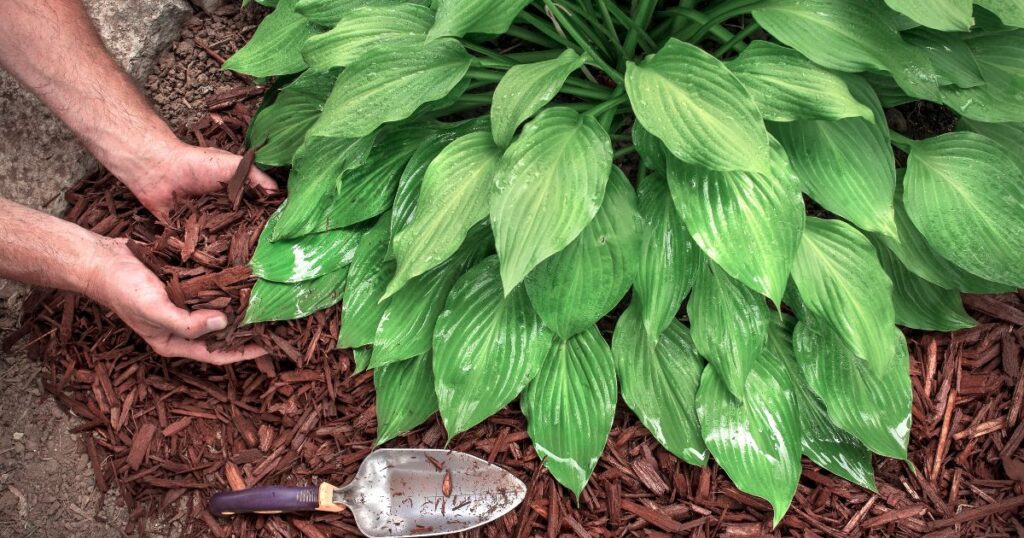
Apply a 2-to 3-inch layer of mulch around the base of the plant, keeping it a few inches away from the stems. Mulching helps retain moisture, regulate soil temperature, and suppress weeds.
Caring for Your Hostas
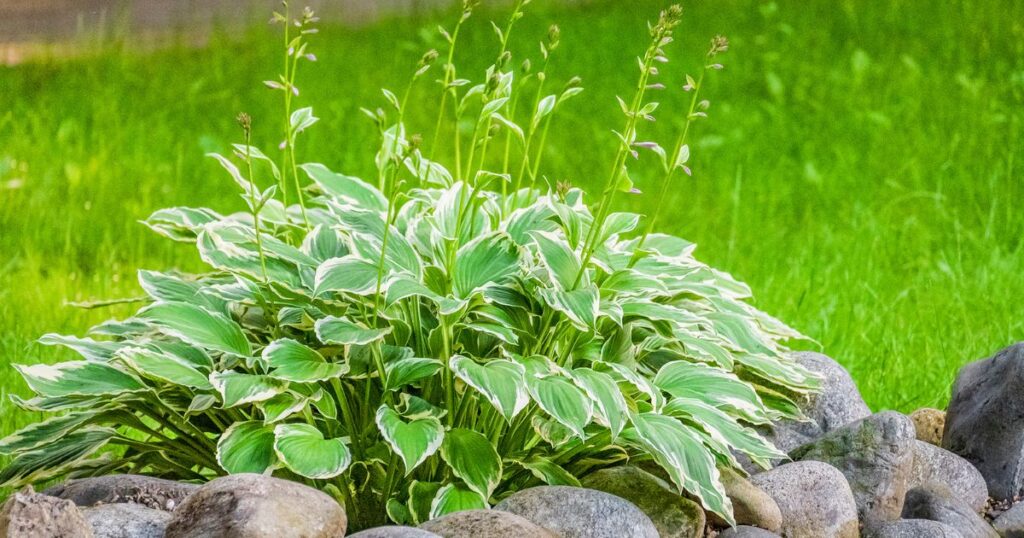
Hostas are relatively low-maintenance plants, but they do require some care to thrive. Here are some essential tips for maintaining healthy hostas:
Watering
Hostas need consistent moisture, especially during the growing season. Water deeply once a week, providing about 1 inch of water. In hot, dry periods, you may need to water more frequently. Avoid overhead watering, as wet foliage can encourage disease. Instead, water at the base of the plant and water in the morning so the plants have time to dry off before cooler evening air and dew settles around them.
Fertilizing
Feed your hostas with a balanced, slow-release fertilizer in the spring as new growth begins. You can also use a liquid fertilizer every 4-6 weeks during the growing season. Avoid over-fertilizing, as this can lead to lush foliage at the expense of flowering.
Pruning and Cleaning
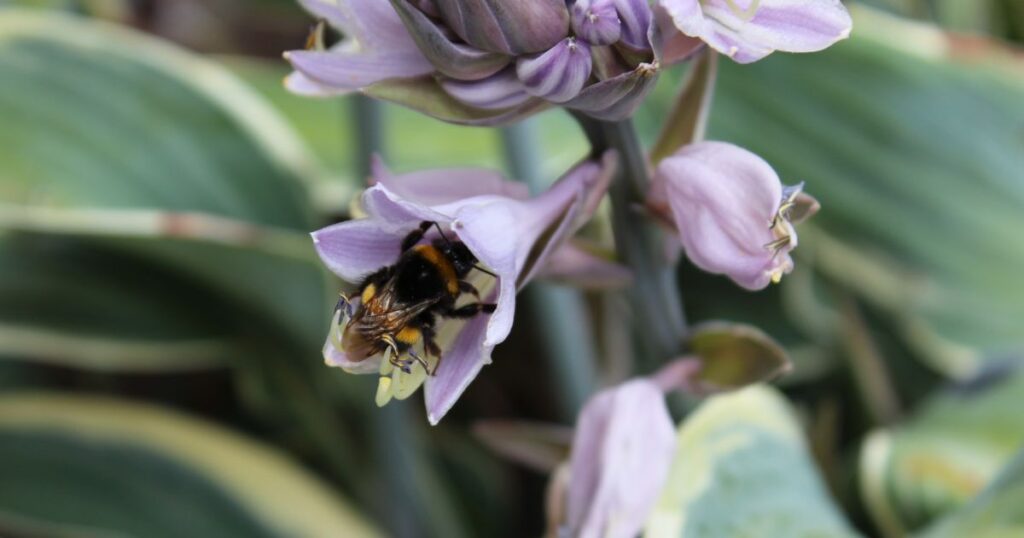
Remove any yellow or damaged leaves throughout the growing season to maintain the plant’s appearance and health. After the blooms have faded, trim back the tall flower stalk to the base. Some gardeners prefer to cut the flower off as soon as it emerges to give the leaves more growth energy. This is personal choice but pollinators will be attracted to the flowers of the plant. In the fall, after the first frost, you can cut back the foliage to ground level to prepare the plant for winter dormancy. Hostas do not need cover over the winter.
Dividing Hostas
Every 3-5 years, hostas may become crowded and benefit from division. The best time to divide hostas is in early spring or early fall. Dig up the entire clump, then use a sharp knife to separate it into smaller sections, each with a portion of the root system. Replant the divisions as you would new hostas.
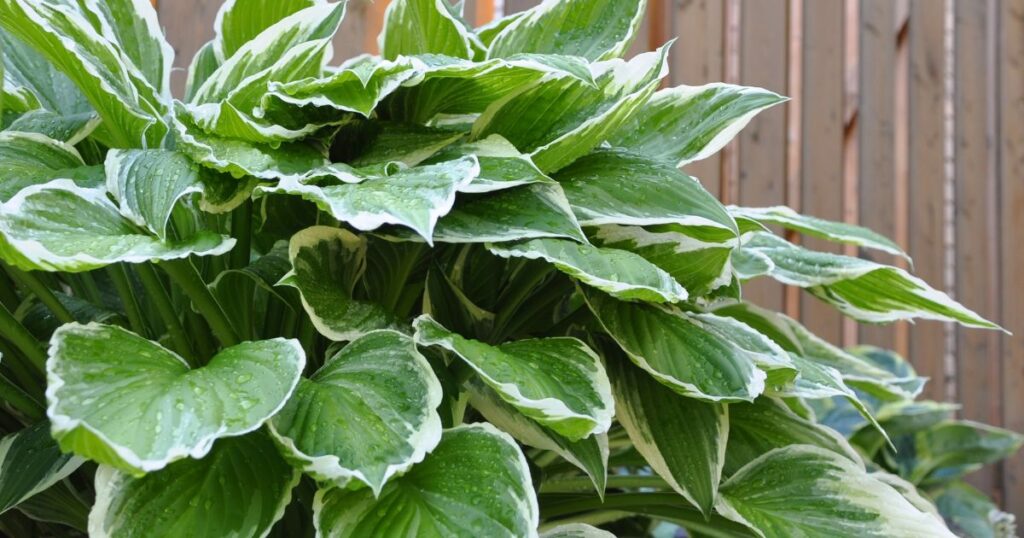
Protecting Hostas from Pests
Hostas are a favorite target for pests such as slugs, deer, and rabbits. Here are some strategies to protect your plants:
Slugs
Slugs are notorious for chewing holes in hosta leaves. To control slugs:
Remove slugs by hand in the evening when they are most active.
Place shallow dishes of beer around the garden; slugs are attracted to the beer and will drown.
Use copper tape or crushed eggshells around the base of the plants to deter slugs.
Apply iron phosphate-based slug baits, which are safe for pets and wildlife.
Deer
Deer can quickly decimate a hosta bed. To keep deer at bay:
Use commercial deer repellents or homemade sprays made from garlic, hot pepper, or soap. Reapply regularly, especially after rain.
Surround hostas with deer-resistant plants like ferns, lavender, or ornamental grasses to make the area less appealing.
Rabbits
Rabbits also enjoy munching on hostas. Protect your plants with these methods:
Use a low fence made of chicken wire or hardware cloth around individual plants or garden beds.
Apply commercial rabbit repellents or sprinkle blood meal or crushed red pepper around the plants.
Plant clover or other rabbit-preferred plants away from your hostas to lure them elsewhere.
Uses for Hostas in the Garden
Hostas are not only attractive but also versatile in the garden. Here are some ways to use hostas in your landscape:
Ground Cover: The full canopy of a hosta plant makes a great weed suppressant! Use as ground cover in shaded areas, creating a lush, green, weed-free carpet that retains soil moisture.
Borders and Edging: Smaller hosta varieties make excellent borders and edging plants, defining garden beds and pathways with their neat, mounded forms. Combine different colors and sizes for an interesting garden that brightens up dark corners.
Companion Planting: Hostas pair well with other shade-loving plants such as ferns, astilbes, and heucheras. Their contrasting foliage textures and colors create a visually appealing garden design.
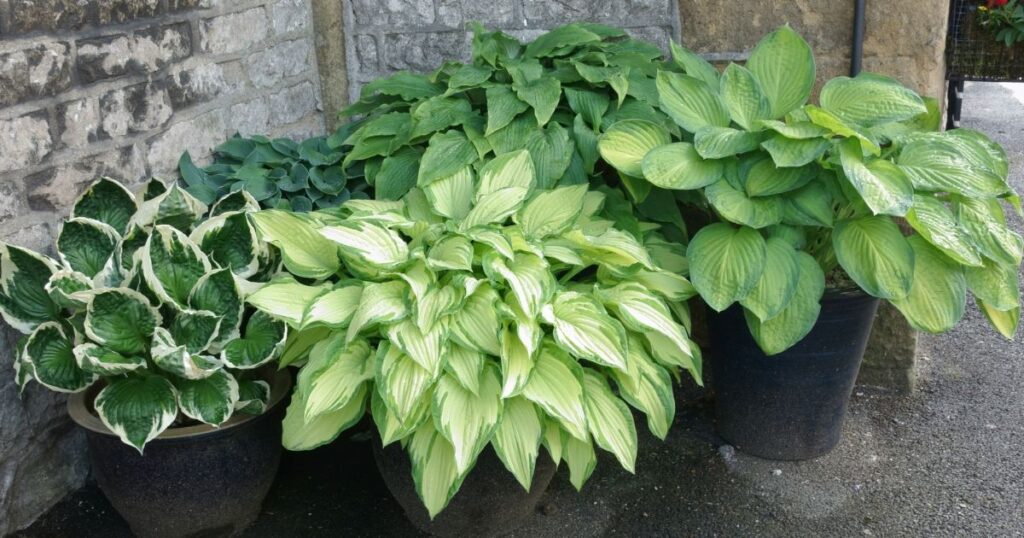
Containers: Hostas can be grown in containers, making them a great option for patios, balconies, or small gardens. Ensure the containers have adequate drainage and provide consistent moisture.
Cutting Gardens: Hosta leaves make a great, long-lasting addition to cut bouquets and look stunning on their own or as a backdrop to fresh cut flowers.

Shop our Hosta & Shade Plant Collection Here.
Planting hostas in your garden adds beauty and greenery to shaded areas. By selecting the right location, following proper planting techniques, providing adequate care, and protecting them from pests, you can enjoy healthy and vibrant hostas for years to come. Whether used as ground cover, borders, or container plants, hostas are a versatile and valuable addition to any garden.
